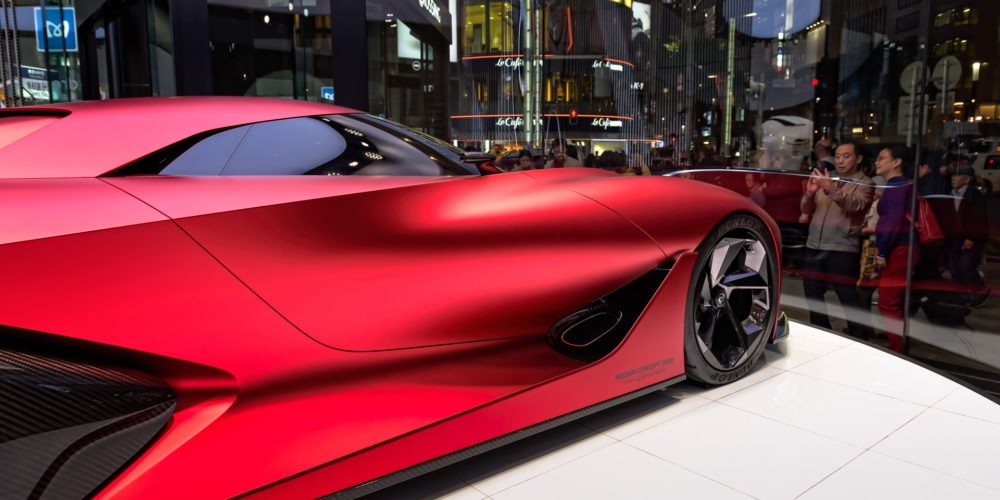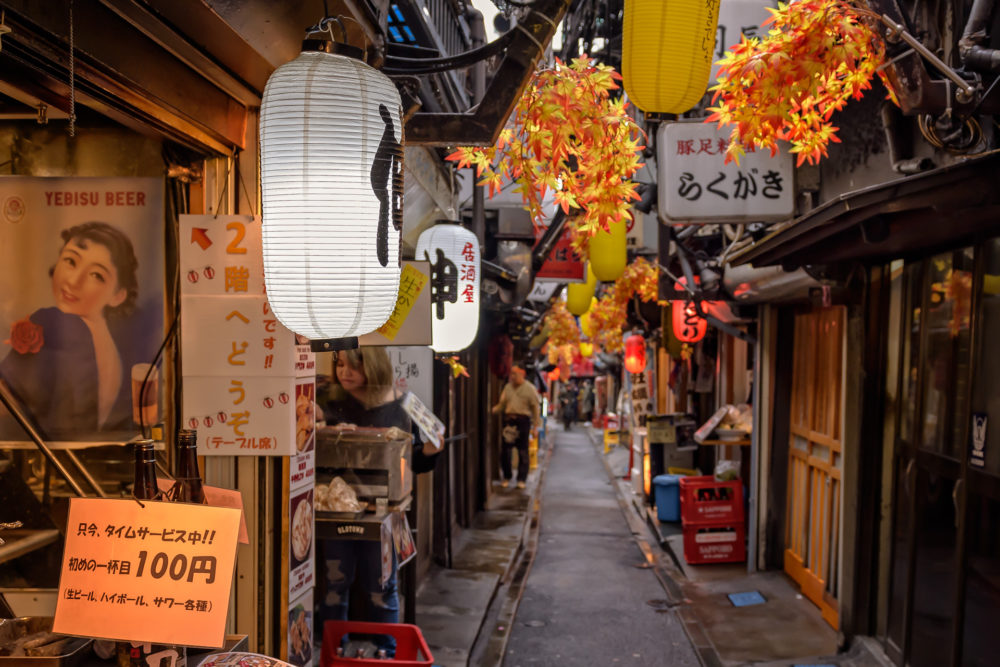Click here to go directly to the photo gallery!
At the end of October I had the privilege to spend one week in Tokyo, the capital of Japan. What an amazing city and country! It is bursting with energy and activity during both day- and night time. It provides a mixture of atmospheres of the historic, ancient and traditional times and the modern, luxury, electronic- and gadget driven era we live in today. The food is healthy and outstanding and it’s people are friendly and extremely helpful and polite.
We arrived just before super-typhoon Lan, the second largest tropical cyclone on record, made landfall near the Tokyo area with ferocious winds and very heavy rainfall of more than 100mm a day. Luckily, shortly after Lan had moved on the weather turned for the better with blue skies, sunshine and comfortable temperatures.
With the digital version of the Lonely Planet Tokyo guide on my tablet, I started to explore the city, rapidly discovering that one week would be far too short. The Greater Tokyo Area is the most populous metropolitan area in the world with almost 38 million inhabitants in the Tokyo metro area and more than 13.5 million inhabitants in the Tokyo metropolis area. Where was I to start?
The underground system in Tokyo is working flawlessly with trains running very regular on the 13 subway lines covering the city. This enabled me to quickly transport myself to and from the interesting districts, not losing too much time in transport. During my short stay I managed to visit many districts. From our base in Akasaka I visited Tokyo Midtown, Roppongi, Asakusa, Sumida, Ginza, Tskuiji, Harajuku, Shinjuki and Shibuya.
The centrally located Akasaka is a residential and commercial area and is famous for the Hie Shrine, a Shinto Shrine dating from 1478. From Akasaka it is walking distance to Tokyo Midtown, with the tallest commercial buildings in the city, and the Roppongi district, well known for it’s sprawling night-life. In the northern located Asakusa district lies the Sensō-ji, an ancient Buddhist temple and Tokyo’s oldest and most significant temple. In neighbouring Sumida stands the Tokyo Skytree, a broadcasting, restaurant and observation tower. With its 634 meter it is the next tallest structure in the world.
Ginza is a popular upscale shopping area in Tokyo, with numerous internationally renowned department stores, boutiques, restaurants and coffeehouses. It is considered one of the most expensive, elegant and luxury streets in the world. Close by is the Tskuiji fish market, which is worth a visit during the early hours of a working day to have sushi for breakfast, as I did. Another popular shopping area is Harajuku, with Takeshita Street and Cat Street, and is considered the Japanese youth culture and fashion district.
Shinjuku is a major commercial and administrative centre, housing the busiest railway station in the world (Shinjuku Station) which is crawling of people most of the day. Just north of Shinjuku Station you will find Piss Alley, a tight pedestrian street with many very small restaurants who can host only a few guests at a time. Although its name is not appealing, the food is fantastic! South of Shinjuku is Shibuya, another busy shopping and night-life district, and is most famous for the Shibuya Crossing. This large intersection stops all traffic to let pedestrians cross in any direction at the same time for approximately one minute. The Shibuya Crossing is often featured in movies, such as Lost In Translation and The Fast and the Furious: Tokyo Drift.
Enough with the words! A selection of 32 photos can temporarily be viewed on the Tokyo, Japan featured project page.





Recent Comments